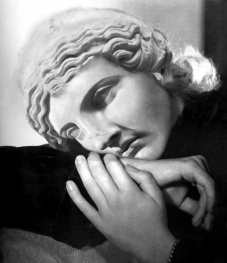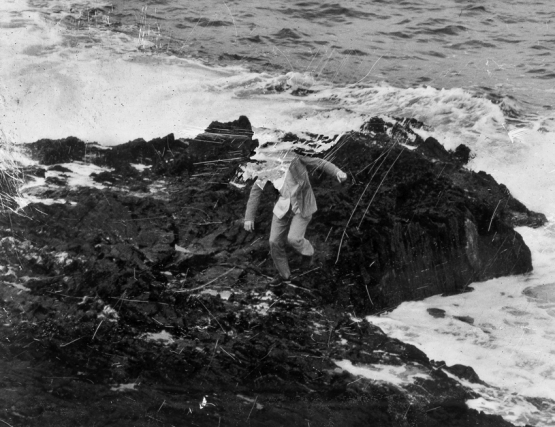On 28 September 1936, Samuel Beckett (1906 – 1989) left Dublin for a six-month trip around Germany. At a time of existential and creative crisis, the trip took on the ambiguous character of a mobile and inspiring “moving pause”, on a journey through the centre of a Europe between the wars that was also in crisis. In the diaries that he kept throughout the trip, Beckett recorded the disturbing daily life of a country under Nazi threat, mixing his reflections on German culture with descriptions of the hundreds of works of art that he saw in galleries and museums. Found shortly after his death, the six German diaries remain unpublished in the archives of the University of Reading.
The private, intimate sense of these diaries constitutes the precise starting point for Noé Sendas’s project. His journey therefore begins in England with a reading of Beckett's manuscripts that gives him the coordinates required to trace a route around contemporary Germany in which the historical, literary and cinematographic reference points are associated with fragments – images, sounds, objects – that he gleans before, during and after this trip.
The installation Distance Relationships {German Diaries}, conceived specifically for the Multipurpose Room of the MNAC – Museu do Chiado, contains some fundamental characteristics of Noé Sendas’s work: besides the reading of Beckett, evident in many of his pieces, the presence of several modes of expression (sculpture, photography, video) also stands out in a conceptual and spatial system that suggests relationships between materials collected from different proveniences. More than describing a journey or evoking memories, Noé Sendas explores the idea of the “moving pause”, fixing the instant in which time appears to be suspended in the traveller’s subjectivity, between the real experience and the dream or fiction of the trip, in a silence that simultaneously confronts the spectator with the strangeness of his or her perception and with the disquiet and discomfort of the artist himself. Because ultimately, this sense of disquiet is the starting point for both, or perhaps all, journeys.
Helena Barranha












